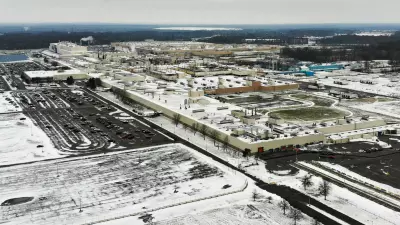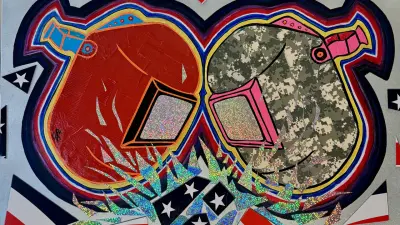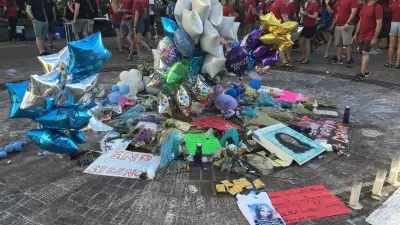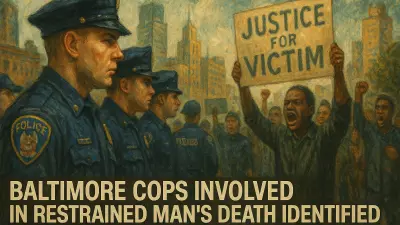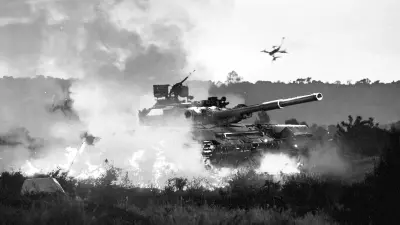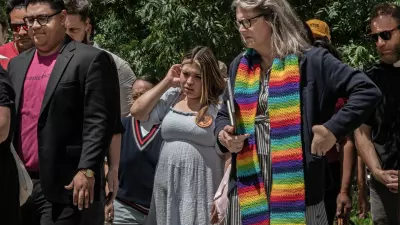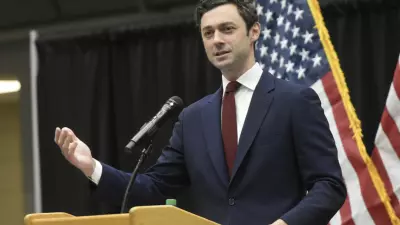General Motors executives announced last week that the company would shutter five North American manufacturing plants in March, eliminating up to 14,000 jobs, with 8,000 jobs lost in the U.S. alone. The Lordstown, Ohio, plant, about 15 miles northwest of Youngstown, employs the most workers, and will lose 1,400 union jobs on top of the 2,700 lost since Donald Trump took office.

For Lordstown, this closure is reminiscent of “Black Monday,” on September 19, 1977, when 5,000 workers were laid off when Youngstown Sheet and Tube closed down. Over the next five years, nearly 50,000 people lost their jobs in steel and related industries in the Mahoning Valley, and the area experienced a rapid and debilitating population decline.
Youngstown lost 18.4 percent of its residents between 2001 and 2010 alone; the Wall Street Journal dubbed it one of America’s fastest shrinking cities.
So, what can we expect in the coming year as Youngstown faces a new drop in employment? One of the primary obstacles to revitalization is its history as a one-industry town. With limited infrastructure for employment diversity, the chances of finding another job quickly — particularly in a moment when more people are looking for jobs — are low. However, studying how Youngstown has responded to the 1977 economic decline may indicate the changes to come. In the decades since the Sheet and Tube closure, Youngstown’s leaders have worked to revitalize their city, particularly with the Youngstown 2010 initiative, which sought to embrace the city’s small size: Local government and nonprofit groups alike championed housing renovations and downtown development. The change has been slow, however.
The precipitous socioeconomic decline shows how difficult it can be to restore quality of life when a significant number of people are suddenly unemployed. As CityLab writes: “Businesses across the community suffer. … Stores close, windows get broken, storefronts get boarded up, and downtowns empty out. Cities lose the tax dollars to pay for street repairs, police patrols, fire departments, and more; crime rises, the built environment deteriorates, and populations decline,” and changing those patterns takes investments in time and money.

